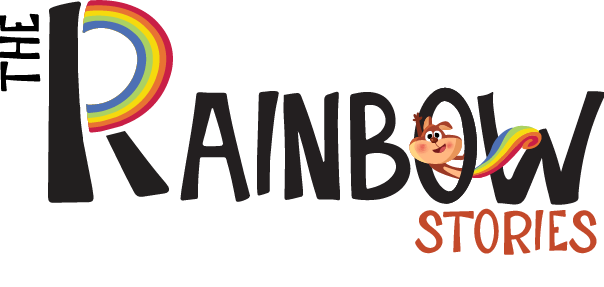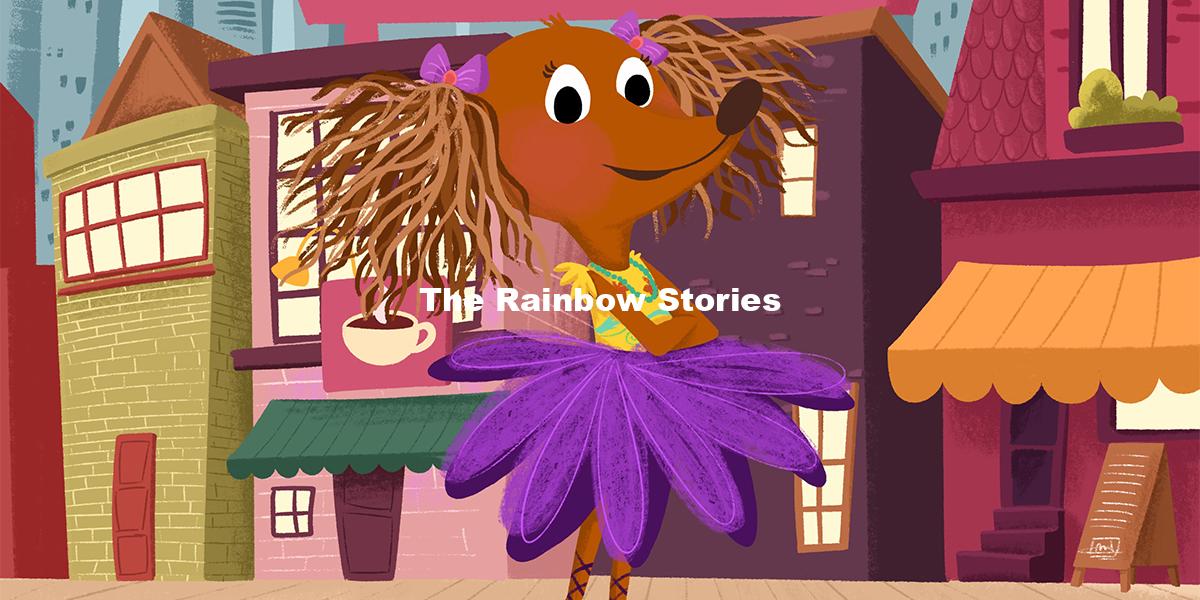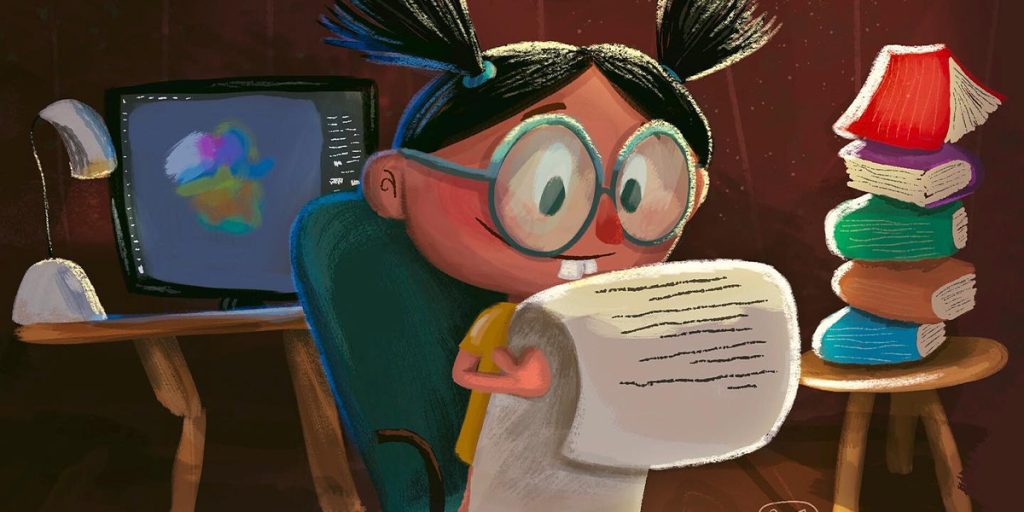Making a children’s book is a special journey. You’ve put love into every word and created characters with care. Your story can teach, entertain, and inspire. Now it’s time to add pictures. Choosing the right illustrator is very important. The right art style can bring your story to life and stay in the minds of young readers.
Understanding Your Vision
Before starting your search for an illustrator, it’s essential to have a clear understanding of your vision for the book. Consider the following:
- Style: What style of illustrations do you envision for your book? (e.g., watercolor, digital, cartoon).
- Tone: What tone do you want to convey through the illustrations? (e.g., playful, serious, whimsical).
- Target Audience: Who is your target audience? (e.g., toddlers, preschoolers, school-age children).
Understand the Role of Illustrations in Children’s Books
In children’s literature, visuals often speak louder than words. For early readers, pictures are not just complementary they’re essential. Illustrations help explain the story, add emotion, support comprehension, and even introduce children to visual literacy.
Whether you’re writing a board book for toddlers or a picture book for preschoolers, illustration for children’s book needs to match the developmental level and reading ability of your target audience. Make sure you understand the visual demands of your genre before beginning your illustrator search.
Finding the Right Illustrator
Once you have a clear understanding of your vision, it’s time to start searching for an illustrator. Here are some ways to find potential candidates:
- Online Search: Search for illustrators online, using platforms like Behance, Instagram, or illustration websites.
- Referrals: Ask other authors or publishers for recommendations.
- Illustration Agencies: Contact illustration agencies that represent a range of talented artists just like The Rainbow Stories they have best illustrator.
Also Read:How Much Do Children’s Book Illustrators Cost?
Evaluating Potential Illustrators
When evaluating potential illustrators, consider the following factors:
- Browse Portfolios with a Critical Eye: Once you’ve nailed down your artistic vision, start browsing online portfolios. Websites like Behance, Dribbble, Instagram, and children’s book illustrator directories (such as SCBWI) are great places to start.
When reviewing work, ask:
- Does their style align with your story?
- Are the characters expressive and relatable?
- Can they depict a range of emotions and actions?
- Do their illustrations show consistency in quality?
Remember, illustration for children’s book is more than just pretty pictures—it’s about storytelling. Look for illustrators who understand composition, pacing, and how to lead the reader’s eye across the page.
- Consider Experience and Specialization: While emerging illustrators can bring fresh perspectives, there’s value in working with someone who has experience in children’s publishing. A seasoned illustrator will understand industry standards like bleed margins, page count constraints, and print resolution.
Check if your prospective illustrator has:
- Worked on published children’s books
- Collaborated with authors or publishers
- Testimonials or reviews from past clients
That said, if you’re on a budget, don’t dismiss new illustrators entirely. Some newer artists may offer affordable rates and be open to collaborative growth—just ensure they have a strong portfolio that shows potential for illustration for children’s book work.
- Communication: Ensure the illustrator is responsive and communicative.
- Pricing: Compare prices and ensure they fit within your budget.
Also Read:How to Choose a Book Illustration Service
The Importance of Collaboration with Children Book Illustrator
When working with an illustrator, collaboration is key. You’ll want to find someone who is open to feedback and willing to work with you to bring your vision to life. Consider the following:
- Communication Style: Ensure the illustrator’s communication style aligns with yours.
- Flexibility: Look for an illustrator who is flexible and willing to make changes.
- Creativity: Encourage the illustrator to bring their own creative ideas to the project.
Tips for Working with an Illustrator
Once you’ve chosen an illustrator, here are some tips for working together:
- Clear Brief: Provide a clear brief outlining your vision, style, and expectations.
- Regular Feedback: Provide regular feedback to ensure the illustrations meet your needs.
- Collaborative Approach: Work collaboratively with the illustrator to bring your vision to life.
Conclusion
Choosing the right illustrator for your children’s book is crucial. By understanding your vision, finding the right fit, and collaborating effectively, you can create a captivating story. Look for an illustrator with a style that aligns with your story, experience in children’s publishing, and strong communication skills. Consider factors like portfolio, experience, and pricing.
A successful partnership requires clear communication, flexibility, and creativity. Provide a clear brief, regular feedback, and a collaborative approach. With the right illustrator, your story will come alive, engaging young readers and leaving a lasting impression.
By taking the time to find the perfect match, you’ll create a beautiful book that delights children and parents alike. Your story deserves the best illustration to shine.







